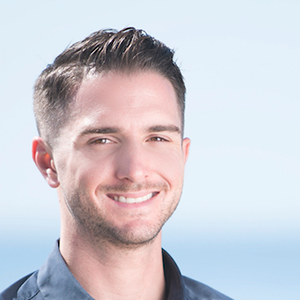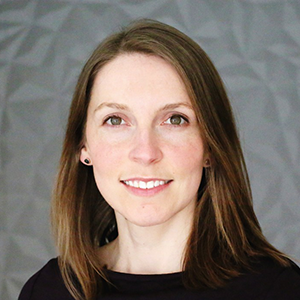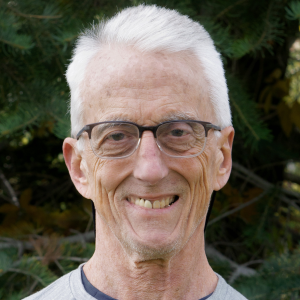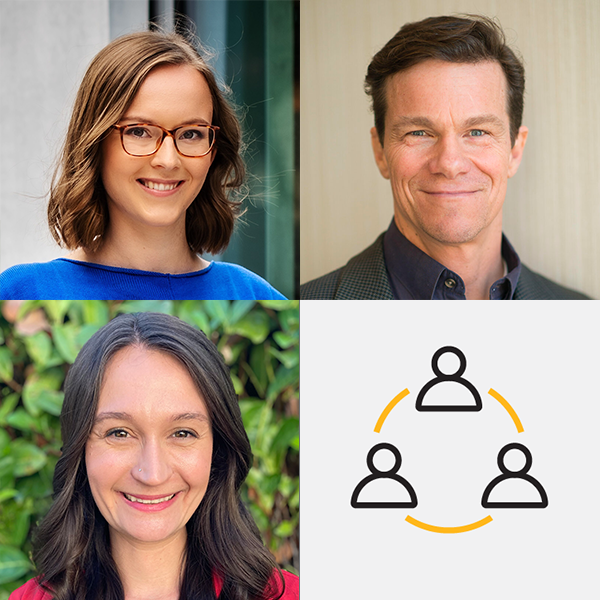What are you and your company doing to help reduce embodied carbon emissions?
Scott Morris
Director of carbon sequestration at real estate developer Marisol Malibu & director of the Low Carbon Initiative
Solutions are everywhere, all we have to do is act.
Personally, I think that climate change is the greatest issue of our time, and it often fascinates me. I grew up with a love of the natural world, mountains, oceans, wildlife and studied Conservation Biology in school.
As a real estate developer, I like to say that I am in Carbon Sequestration Technology, because we’ll source construction materials that are higher sequestering, lower carbon or recycled alternatives to the status quo. It’s important we buy like this in order to create demand in the supply chain for more climate friendly materials.
For instance, lumber from uneven-aged managed forests sequesters approximately 30% more CO2, so we’ll buy lumber from California or FSC forests (USA only). Also, we’ll only use low carbon concrete – concrete mixes that are under the Portland cement thresholds of the Marin County code.
Using these strategies, our company, MariSol Malibu, built a Malibu home called Zero One with -140 metric tons of CO2e, achieved ILFI’s first Zero Carbon Ready designation in California, and did it all without buying offsets.
The climate impact MariSol Malibu can have as a small builder is substantial, but in 2021, our company, along with two other local organizations, formed a non-profit organization called The Low Carbon Initiative to speed up the transition to net zero construction in all of Southern California. The Low Carbon Initiative, is an environmental construction organization currently advocating for the City of Malibu, and other Southern California cities, to enact low carbon building codes, especially low carbon concrete codes.
Sign up. Show up. Take action.

Scott Morris
“As a real estate developer, I like to say that I am in Carbon Sequestration Technology, because we’ll source construction materials that are higher sequestering, lower carbon or recycled alternatives to the status quo. It’s important we buy like this in order to create demand in the supply chain for more climate friendly materials.”
What are you and your organization doing to help reduce embodied carbon emissions?
Lauren Wingo
Senior Engineer and Project Manager, Arup
I had a strong interest in sustainability as an undergraduate, but with no widespread awareness of the environmental impacts of structural materials at the time, I did not know how to pair my interest with a career in structural engineering. Fortunately for me, an internship at Arup during my graduate years exposed me to the world of embodied carbon.
During the internship, I had the opportunity to help contribute to an early internal embodied carbon data tracking effort, using data from Arup’s Project Embodied Carbon Calculator tool. The data had a huge spread due to differences in life-cycle assessment tool used and scope of assessment – issues the industry is still working on improving to this day.
With my interest peaked, I returned to graduate school to write my thesis on structural whole building life-cycle assessment and started at Arup full-time the following year. Ever since, I have contributed to both internal and external initiatives focusing on embodied carbon and have been grateful to work at a firm like Arup that has been a thought leader on the topic for decades.
Since those early embodied carbon data collection efforts, Arup has supported other initiatives to collect and improve data in the U.S. We were involved in the data collection for the deQo database, which served as a precedent for the SE 2050 initiative, which then formally became the SE 2050 Commitment Program. As the vision for SE 2050 emerged, I led the database development process for the SE 2050 Database, which now contains embodied carbon data for almost 200 structural projects.
During COP26, Arup committed to performing whole life-cycle carbon assessments on all our buildings projects. This commitment represents the firm’s and my dedication to measuring and managing the impact the built environment has on global carbon emissions.

Lauren Wingo
“Since those early embodied carbon data collection efforts, Arup has supported other initiatives to collect and improve data in the U.S. We were involved in the data collection for the deQo database, which served as a precedent for the SE 2050 initiative, which then formally became the SE 2050 Commitment Program.”
What are you and your company doing to help reduce embodied carbon emissions?
Bob Redwine
Retired Structural Engineer, Proud Grandparent, Founder of the Colorado Embodied Carbon Collaborative
From early childhood my parents instilled environmental conversation. My dad took an active interest in preventing the clearcutting of forests in addition to his love of birds and biodiversity. Another perspective-changing experience in my twenties was spending two years in Ethiopia with the Peace Corps, giving me first-hand knowledge of how vulnerable large populations of the world are to droughts, diminished food supply and desertification as a result of using wood as fuel. We have two granddaughters, and I cannot look into their eyes without seeing their future in a world that we have not prepared to be a sustainable one.
I retired in January of 2021 after a 48-year career as a structural engineer, having merged my company with KL&A in 2015. In 2019 I helped start the KL&A Team Carbon to work on understanding and reducing the embodied carbon in our projects – for me a precious opportunity to focus on an impactful environmental action. KL&A then became one of the early signatories to the SE2050 Challenge in 2019.
Before retiring I considered how I could best use my background to reach as many people as possible to minimize the environmental damage being caused by the building industry. My decision was to start the Colorado Embodied Carbon Collaborative (CECC) upon retiring. Our goals in CECC are to: 1) Increase the awareness of embodied carbon in architectural products; 2) Develop resources to remove barriers from the selection of architectural products that have reduced embodied carbon, are healthy materials and support circularity of building materials; 3) Enable and mobilize the larger architectural community to lower embodied carbon in their buildings. We currently have three architectural firms and one environmental firm in our core group, are in the homestretch of our tools-and-pathways phase and plan to reach out to our first tranche of Colorado architectural firms in January of 2023.
Our content has been developed based on the work of many strong organizations and corporations committed to working on climate change issues. We currently have created seven reference catalogs of products in high-impact categories, are building GWP Intensity charts (based on EC3) to provide a graphic to accelerate sustainable product selection, and developing multiple ways to better understand and communicate the impacts of embodied carbon in buildings.
Architects have the power to reduce embodied carbon in our buildings—let’s enable them!

Bob Redwine
“A perspective-changing experience in my twenties was spending two years in Ethiopia with the Peace Corps, giving me first-hand knowledge of how vulnerable large populations of the world are to droughts, diminished food supply and desertification as a result of using wood as fuel.”
What are you and your company doing to help reduce embodied carbon emissions?
Kaiyu Sun
Principal Scientific Engineering Associate at Berkeley Lab
Inspired by my dad, who is an architect and structural engineer, I dedicated my career interest to the field of building science, which I have been working on for more than 10 years. My research mainly focuses on building energy simulation, development of energy modeling tools, building decarbonization, thermal resilience, and occupant behavior modeling. I have been leading/heavily contributing to the development of several building simulation software, including OpenStudio, CBES (Commercial Building Energy Saver), 2019 R&D100 award winner, and CityBES (City Building, Energy, and Sustainability), 2022 R&D100 award winner. Our motivation of building simulation software development is to provide free and handy tools to the industry and research community that unlock the simulation and analysis capabilities to achieve the national/regional decarbonization goal.
The Building Technology and Urban Systems Division at LBNL has been a leading performer in the building decarbonization field thanks to our colleagues’ massive efforts through hundreds of projects. I’d like to highlight a couple of projects that I’ve recently worked on:
- Development of a framework and tool for rapid embodied carbon assessment and target-setting for emissions-intensive materials (REDuCE)
- A case study of decarbonizing two commercial districts in San Francisco by integrating electrification and energy efficiency retrofit
- Building healthier and more energy-efficient communities in Fresno and the Central Valley by developing a climate action plan
I’m really glad to see the significantly increasing interest and attention on embodied carbon, and I look forward to future exciting opportunities to contribute to building a greener and brighter world!

Kaiyu Sun
“My research mainly focuses on building energy simulation, development of energy modeling tools, building decarbonization, thermal resilience, and occupant behavior modeling.”







